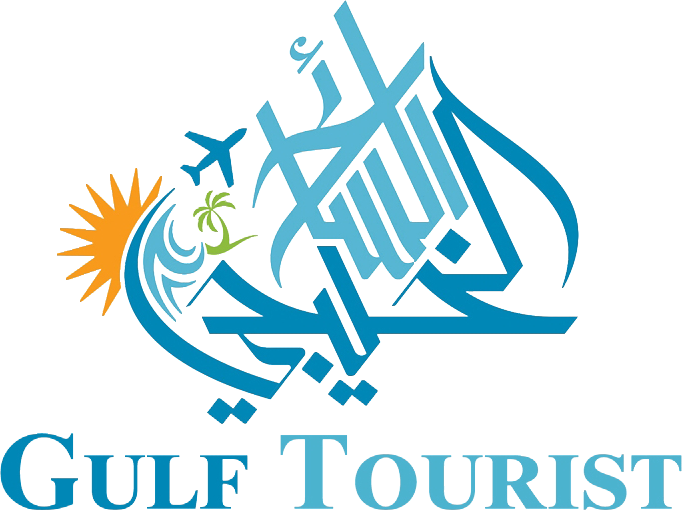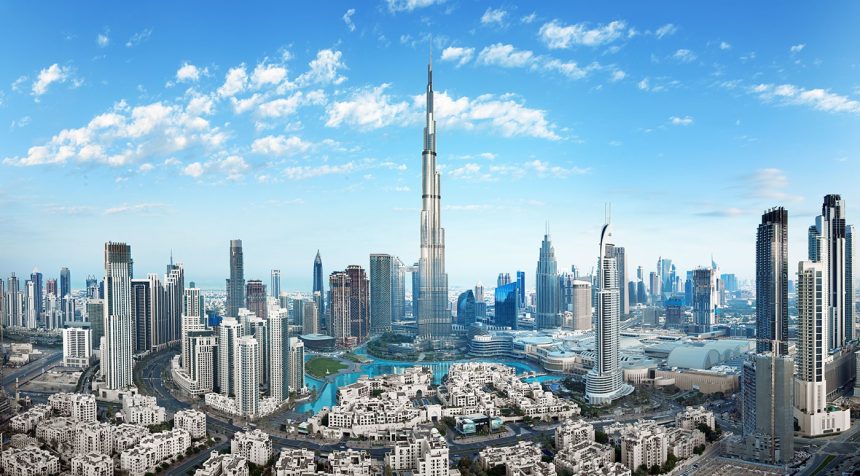“Knight Frank,” the global real estate consultancy, has affirmed that Dubai has emerged as a genuine city for living, working, and entertainment, now standing on par with major global cities, according to its recent report titled “Rise of Luxury Ascent: Dubai Edition.”
In its comprehensive assessment of Dubai’s livability and attractiveness, Knight Frank focused on six key areas, including urban prosperity, governance and talent, legal framework, institutional excellence, lifestyle, and luxury. These indicators were used to create a special model that evaluates cities based on the “living, working, and entertainment” criterion, with each element being individually ranked on a scale from 0 to 1.
Dubai achieved significant results in two key areas: working and living. In the realm of work, Dubai stands out for its business-friendly environment and ease of doing business (0.92), capital flow ease (0.85), and competitiveness in financial markets (0.82), enhancing its global status in business and among investors.
Regarding the element of lifestyle, Dubai offers a high quality of life, evident from high scores for average travel times (0.75) and purchasing power parity (0.80). Each contributes to creating a comfortable global lifestyle envied by the city’s residents and visitors.
Faisal Durrani, Partner and Head of Research for the Middle East and North Africa at Knight Frank, commented, “The vibrant lifestyle, work, and entertainment in Dubai have attracted global attention in the aftermath of the COVID-19 pandemic. This interest has been met with an insatiable demand in the emirate’s real estate sector, boosting the emergence of a global luxury homes market, in addition to the prime office market where spaces are truly scarce, and the hospitality market, which boasts the world’s highest occupancy rates.”
He continued, “This has elevated Dubai, not only as the most popular tourist destination globally but also contributed to Dubai International Airport gaining the title of the busiest international hub over the past ten years.”
The recent promising economic outlook for Dubai received a significant boost with the unveiling of Dubai’s Economic Agenda, known as D33. This ambitious initiative sets out a transformative roadmap worth $8.7 trillion, aiming to double the emirate’s foreign trade and establish Dubai as the world’s fourth leading financial center by 2033, in conjunction with the centennial celebration of Dubai’s founding.
Durrani added, “In any emerging market, sentiments play an underrated role in driving not only economic growth but also in stimulating real estate activity. This is equally applicable to Dubai. The ambitious vision revealed by the government for 2033 and 2040 has outlined plans to more than double the city’s population, reaching over 7.8 million by 2040. To achieve this growth, we expect the city will need to build an additional 70,000 homes annually from now until 2040. Our forecasts indicate that only 13,000 homes will be built annually over the next six years, highlighting not only the magnitude of opportunities but also the issue of balancing supply and demand, likely to continue driving property values upwards.”
Thriving Office Market
Knight Frank’s report stated that Dubai’s office market continues to stand out on the global stage, with rising rents, growing demand, and decreasing vacancy rates. The city’s attractiveness is particularly evident for international companies in the banking, fintech, media, and communication sectors, where new companies are establishing regional offices or expanding their current presence. The lack of a need for long and costly commutes, coupled with a high percentage of expatriate workers, means that the office, for many, is at the heart of social circles. Thus, the “reopening of large offices” post-pandemic is considered a significant success.
Living Standards:
The prosperity that Dubai has witnessed over the past five decades has transformed it into a global business hub, leading to a continuous rise in living standards and exceptional overall safety. Despite the increasing cost of living, there remains strong demand for luxury homes, positioning Dubai as a primary destination for second-home buyers. Sixty-six percent of global wealthy individuals seek to secure a second home in Dubai.
Strategic Location:
Dubai’s attractiveness to international buyers and investors has significantly changed since the emirate opened its residential real estate market to global buyers in 2002. The market has experienced growth and development, distinguished by world-class amenities and a strategic location that places it within an 8-hour flight from two-thirds of the world. This substantial growth helped transform the emirate from a fishing village into a global city. The decision to establish a tax-free zone around Dubai Creek at the beginning of the twentieth century was a decisive factor in unlocking the city’s potential. Emirates Airlines and Dubai International Airport have played pivotal roles in solidifying Dubai’s position as a leading tourist destination.
Commitment to Sustainability:
Dubai is committed to green building initiatives through projects such as the Business Bay development, the Sustainable City, and the Expo City, which set standards in the broader Middle East. Future development is also tied to sustainability, with initiatives like the Mohammed Bin Rashid Solar Park, spanning 44 square kilometers — the world’s largest single-site solar park — responsible for 15% of the emirate’s energy needs. It is expected that 100% of the city’s energy generation will come from renewable sources by 2050.
Furthermore, the UAE government is actively enforcing stringent green and sustainable construction standards, comprising over 79 specifications to regulate the sustainability approach in new buildings across the country. These specifications cover building materials, waste management, ventilation and air quality, carbon emissions, environmental impact analysis, daylight usage, acoustic and thermal comfort, energy source transformation and efficiency, and the utilization of renewable energy. These rules are applied to all new projects through various government municipalities and affiliated companies. The primary goal is to reduce carbon emissions by approximately 30% by the year 2030.
Additionally, Dubai aims to construct 35% of its buildings using 3D printing technology by 2030.
Residential Real Estate Market:
The residential real estate market in Dubai has experienced continuous demand and price growth for nearly four years in this third cycle of the freehold property market in the city. Indeed, prices increased by an average of 5% during the third quarter of 2023, marking the eleventh consecutive quarter of price growth.
There has been an increase in apartment and villa prices by percentages reaching 19% and 18%, respectively, compared to the same period last year. However, the market is still approximately 8.1% below its peak in 2014.
During the third quarter, apartment prices rose by 5.1% to reach 1,300 dirhams per square foot, while villa prices increased by 4.5% in the same period, now averaging 1,580 dirhams per square foot.
In conclusion, Durani stated, “Looking towards 2024, we expect prevailing property values to grow by 3.5%, while the luxury residential real estate market is anticipated to experience stronger price growth at 5%. The primary residential market in Dubai is expected to remain one of the fastest-growing markets globally in 2024, despite key prices being around 1,020 dollars per square foot. The city stands out as one of the more reasonably priced luxury housing markets globally. This is driven by renewed and exceptional demand from key source markets such as China, the United Kingdom, and India.

